Thanks largely to the work of Councilwoman Kathleen MacKenzie assisted by Historic Denver, a compromise was ratified by City Council, landmarking 3 out of the 5 properties on the historic DeBoer property. DeBoer's home dating back to 1876, his Tudor studio and the Thompson mural studio owned by Mark and Leigh LaFon were all given historic landmark designation. The vote was 8-2 in favor with only Council members Brown and Faatz opposed. Both sides agreed to the compromise that carved out a smaller lot given protection than the recommendation of the Landmark Preservation Commission.
Thankfully as well, the risk of having an important property demolished before neighbors learn of it has been reduced by an amendment to the demolition ordinance that requires two levels of review prior to issuing a demolition permit. This amendment occurred after the DeBoer Neighborhood Preservation Committee was forced to file the landmarking application prior to informing the Trust out of a concern that demolition and deforestation were imminent. The Trust not only did not approach neighbors who had previously indicated a willingness to buy the property, they managed to enter into a development contract in secret to avoid any neighborhood input on the issue. Although the Trust suffered no prejudice from this action since they were given notice and ample opportunity to be heard on numerous occasions, they have been extremely vocal regarding the lack of advance notice. This played into the Trust's slanted and misleading version of events disseminated in their professionally-orchestrated PR blitz that resulted in 2 editorials (one from the Post and RMN), 2 columnists (one from each paper) and several articles that presented a very one-sided picture and hardly touched the historic and cultural significance of Thompson and DeBoer and the arts community they created on the property.
There remains the very real prospect that the Trust will still attempt to achieve their maximum price of $1.99 million (for 17 attached living units) that they believe they are entitled to based on a developer's device known as a PBG. Not available to most homeowners in Denver, the PBG is a tool used by developers and large landowners that gives special treatment to those property owners by allowing them to double the number of housing units they are allowed to build on their property. This means that in an R-2 area such as Pinon Court, a developer only needs 3,000 square feet to justify a housing unit. And developers are allowed to count asphalt streets and cement driveways as "open space."
Pinon Court and the surrounding neighborhood would only see a loss in property values and the quality of life on the Pinon Court cul-de-sac and in the adjoining neighborhood. Such an unwelcome and out-of-character development here could spur long-time homeowners to consider whether to remain in the neighborhood or sell before property values really sink. The combined loss to the neighborhood far exceeds the claimed loss to the Trust, who incidentally, have failed to pay state property taxes on the Dutch cottage that members of the Trust were living in for 30+ years.
The reaction of Pinon Court neighbors who have seen some of the proposed development scenarios by would-be developers has been shock. None of these folks ever believed that it would be possible for someone to essentially wipe out the quality of life in a stable single-family residential neighborhood here on Pinon Court without so much as being required to notify any of the neighbors. The only requirement for a PBG is a notice to the registered neighborhood organization. In this case, that would be the West University Community Association.
It is important for neighbors supporting the historic designation be involved in WUCA (or another neighborhood organization should one be organized). Neighborhood involvement may help discourage another pro-development presentation couched in the guise of a "property rights" of a family of would-be retirees. Their success in convincing a perhaps overly-trusting RNO to vote against the unanimous interests of the Pinon Court neighborhood and in favor of powerful interests who desire to eliminate a city's ability to place reasonable restrictions on development shows how powerful the old "wolf in sheep's clothing" gambit can be.
Tuesday, March 13, 2007
Subscribe to:
Post Comments (Atom)

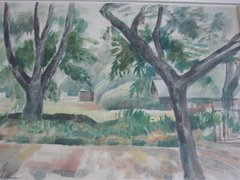
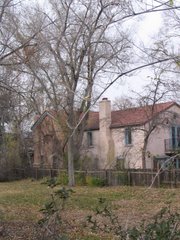







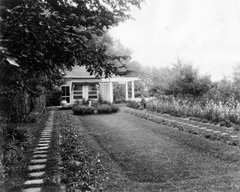


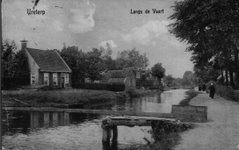

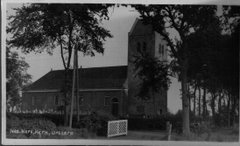



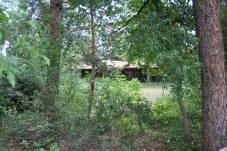

No comments:
Post a Comment